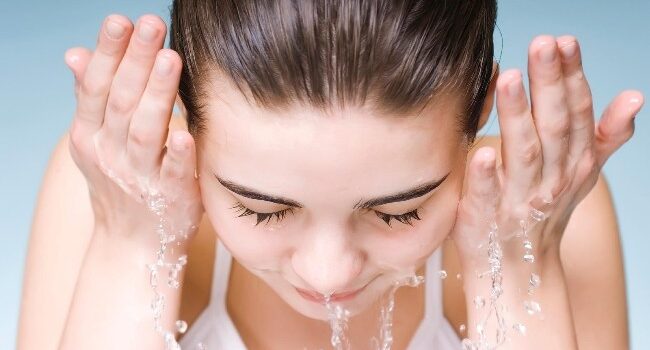Treating Blepharitis
This is a stubborn eye disorder requiring systematic, on-going treatment; not only to eliminate redness and irritation but to prevent further blepharitis outbreaks.
Blepharitis symptoms are similar to other more serious eye diseases, which is why it is vital that you get a professional diagnosis of your condition from one of our optometrists.
If you do suffer from blepharitis it is very important you understand the type you have so we can provide the correct blepharitis treatment. The most common form, seborrhea blepharitis, is caused by small oil glands on the eyelid becoming clogged, causing waxy, greasy scales to build up on the eyelid margins.
We strongly recommend you come and see our optometrists for a diagnosis if you notice some of the symptoms typical of seborrhea blepharitis such as gritty, burning or stinging of the eyes, itchy eyelids, red swollen eyelids, sticky eyelids, loss of eyelashes and sensitivity of light. Call 09 522 1283 or 09 836 1731 to schedule a comprehensive eye health check.
Blepharitis Treatment Guide
If you do have blepharitis, then it is very important to clean your eyes and eyelids every day, even if you aren’t experiencing any symptoms. Good eyelid hygiene can relieve the symptoms of the condition and even prevent it.
Heat
A continuous, steady heat helps to unblock the oil glands, allowing oil to flow more freely. The best way to apply heat is a heated bag; we sell wheat bags custom-made for this. Heat also helps to loosen any debris which may be in the lashes and along the eyelid.
Place the wheat bag on your eye for 5 minutes and then massage your eyelids, pressing gently downwards towards the lashes for the top lid and gently pressing upwards towards the lashes for the bottom lid. Press on four points from the inside of your eye to the outside, extremely gently. Repeat twice a day for best results.
Cleanse
The next, and very important, part of blepharitis treatment is cleaning the eyelids with an eyelid cleanser such as Sterilid. Debris built up on the lashes can easily cause painful inflammation and cleansing the eyelids will remove any debris lurking along the eyelid or matted to the eyelashes.
You may hear that baby shampoo and bi-carb are good treatments. However, eyelids are very delicate, which is why we don’t think scrubbing them with these products is a good idea. They can disrupt the pH levels of the eye and increase inflammation. The skin of the eyelid requires a gentle, pH balanced cleansing solution.
Squeeze some Sterilid foam onto your fingers and gently rub on your eyelids and lashes. The key here is to be extremely gentle, don’t apply too much pressure. Leave foam on for a minute then splash cold water and rinse.
Rewetting Drops
Clogged tear glands can lead to dry, uncomfortable eyes. Lubricating eyedrops can refresh the eye, relieving the symptoms of dryness. Talk to our optometrists about Optimel manuka honey eyedrops.
Dry eyes
We have recently purchased Blephasteam goggles for moist heat therapy, which is great for improving the symptoms of eye conditions like posterior blepharitis. This device warms the eyelid and unblocks the meibomian glands, improving tear quality. Our optometrists can let you know if using Blephasteam treatment would be beneficial for you.
Learn More About Blepharitis Symptoms
If you would like to learn more about blepharitis symptoms and their management, please contact John O’Connor eye care practice in Newmarket or West Auckland today.
If you are experiencing any of the symptoms, call 09 522 1283 or 09 836 1731 to see our optometrists for a thorough eye check, advice and blepharitis treatment. We take your eye care seriously and so should you.
Do you think you may be suffering from blepharitis? Don’t let the condition get worse. Call 09 522 1283 to speak to our Newmarket optometrists. To speak to an optometrist in Henderson call 09 836 1731.

